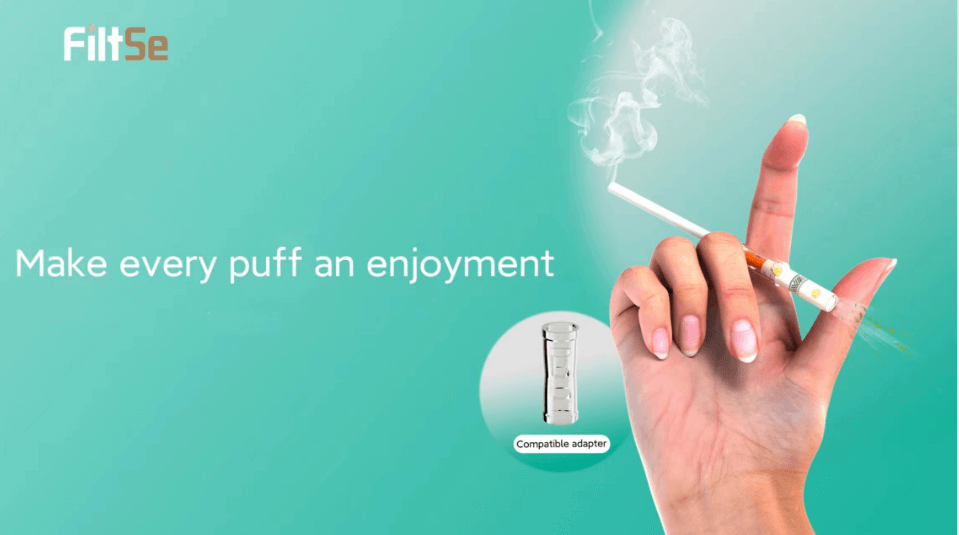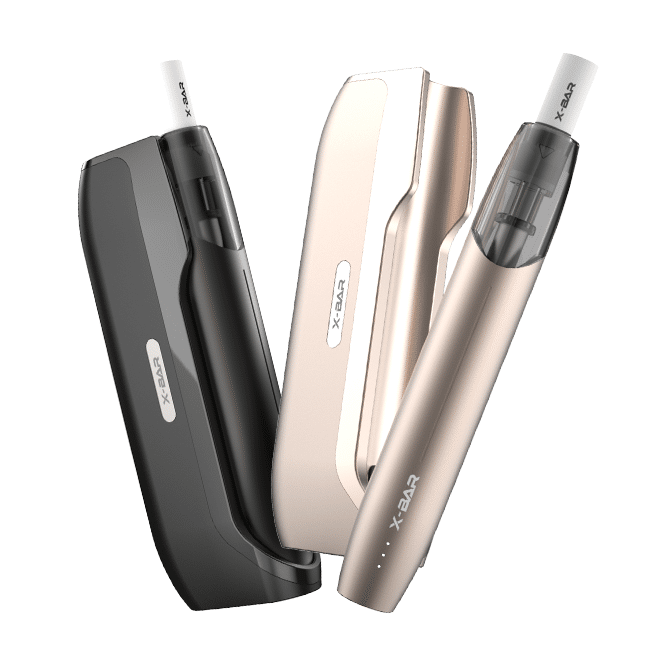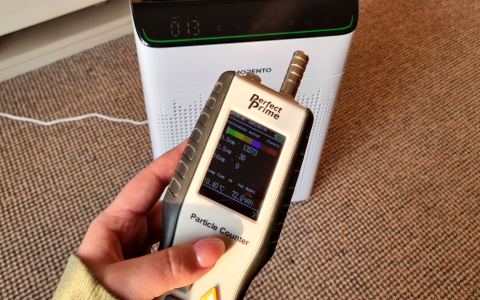Understanding “Filters” in Electronic Cigarettes
In traditional combustible cigarettes, filters are primarily designed to reduce the intake of tar and particulate matter produced during the combustion of tobacco. Electronic cigarettes, or e-cigarettes, operate on a different principle: vaporization. They heat an e-liquid to create an aerosol (commonly called vapor), not smoke. This fundamental difference means that the concept of a “filter” in e-cigarettes serves different purposes and functions compared to its counterpart in traditional cigarettes.
Types of “Filter” Components in E-cigarettes
While e-cigarettes do not typically employ filters to remove combustion byproducts like tar, certain components are sometimes referred to as “filters” or serve analogous roles related to user experience and device function.

Filter-Style Tips (Mouthpieces)
Some e-cigarette models, particularly “cig-a-likes” or certain pod systems, offer disposable tips designed to emulate the tactile sensation of a traditional cigarette filter. These are often made from materials like cotton, cellulose, or soft food-grade plastics.
- Purpose: Their primary aim is to provide a familiar mouthfeel for users transitioning from smoking, enhancing comfort and replicating the experience of drawing on a cigarette.
- Function: While they may absorb minor condensation or occasional e-liquid droplets (spitback), they do not filter the aerosol’s chemical constituents in the same way a tobacco cigarette filter does for smoke. Their role is largely experiential and hygienic.
Drip Tips (Standard Mouthpieces)
The mouthpiece on most vaping devices is known as a drip tip. While not a filter in any traditional sense, it is the direct interface for inhalation.
- Purpose: Drip tips direct the vapor from the atomizer to the user’s mouth. Their shape, size, and material can influence vapor temperature, density, and overall comfort.
- Function: They are not designed for filtration of harmful substances from the aerosol, but good design can help minimize the inhalation of e-liquid spitback.
Wicking Material (Internal Component)
Inside the atomizer, wicking material (commonly organic cotton, silica, or ceramic) plays a crucial role in e-liquid delivery to the heating coil.
- Purpose: The wick absorbs e-liquid from the tank or pod and transports it to the coil for vaporization.
- Function: Although its primary function is not to filter the aerosol, the wicking material ensures a consistent supply of e-liquid for proper vaporization. A degraded or poorly saturated wick can lead to a “dry hit,” which is undesirable. It does not filter out chemical components from the vapor produced.
The Concept of “Filtration” in Vaping
The aerosol produced by e-cigarettes is fundamentally different from tobacco smoke. Concerns in vaping often revolve around ensuring a smooth and pleasant experience, which includes minimizing e-liquid spitback or condensation rather than filtering combustion byproducts. The composition of the aerosol is primarily determined by the e-liquid ingredients and the operating conditions of the device (e.g., temperature, power).
Device design features, such as specific coil structures (e.g., mesh coils), airflow design, and anti-spitback mechanisms in atomizers, contribute to a “cleaner” or smoother vape. These features can be perceived by users as a form of improved delivery, focusing on the quality and consistency of the vapor delivered, rather than chemical filtration.

Maintenance and Hygiene
For components that come into contact with the mouth or e-liquid:
- Filter-Style Tips: If using disposable filter-style tips, they should be replaced regularly according to manufacturer recommendations or when they appear soiled or affect vapor quality. This is crucial for hygiene and optimal performance.
- Drip Tips: Standard drip tips should be cleaned regularly to remove any accumulated condensation or residue. This helps maintain hygiene and ensures a pleasant vaping experience.
- Wicks and Coils: These components have a limited lifespan and need periodic replacement to maintain vapor quality, flavor, and device performance.
Understanding these distinctions helps users appreciate the function of various e-cigarette components and maintain their devices effectively for a satisfactory experience.










